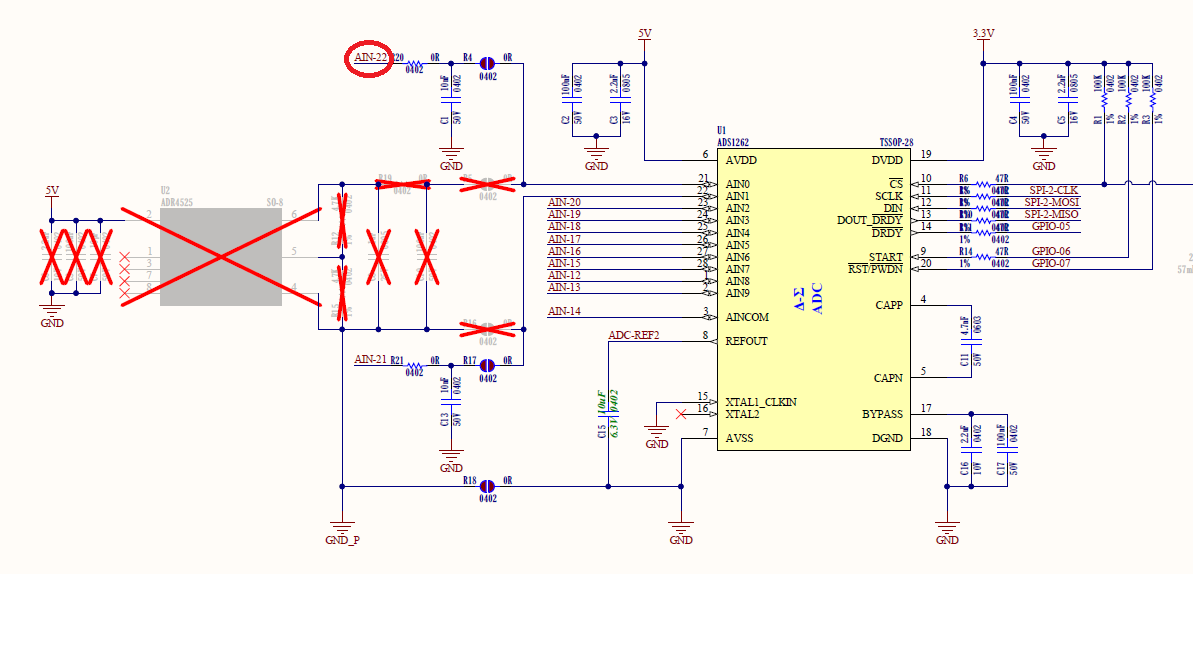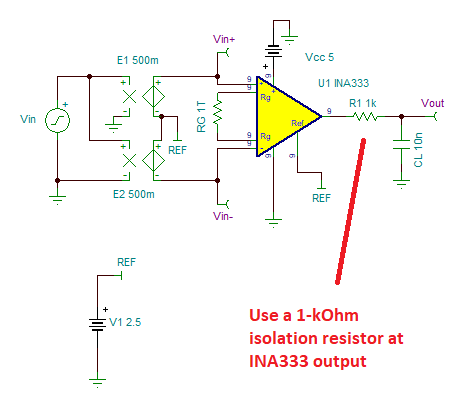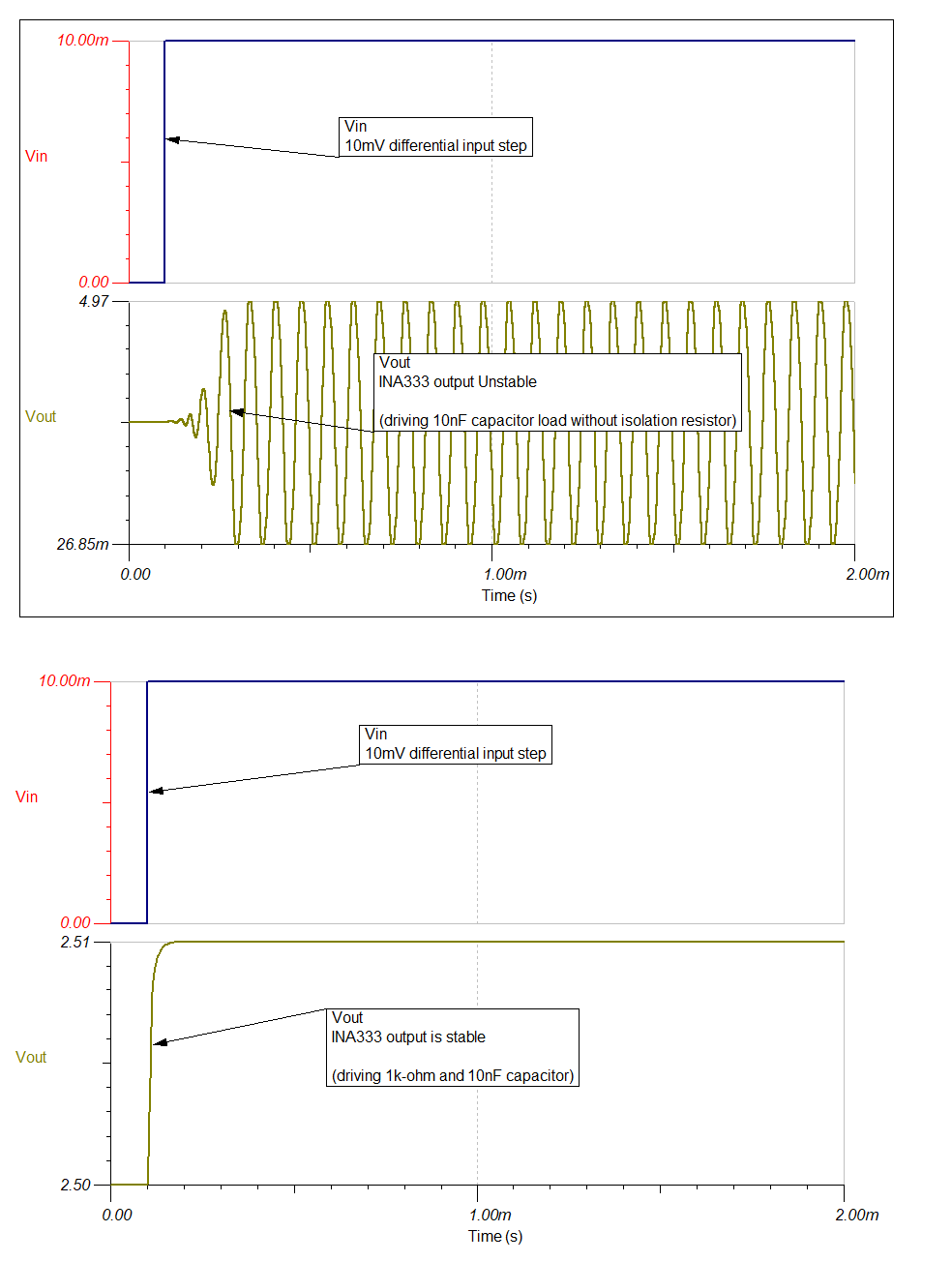Other Parts Discussed in Thread: ADS1262
Dear Responsible;
In our prototype design we have used INA333 for thermocouple measurement circuits. Gain is set to 1 by not populating R104
When the inputs of the INAMP is shorted @+&- inputs; difference between REF&OUT means offset voltage is about 12mV which is inconsistent with the datasheet value of ~100uV with Gain=1?
Do you have any idea or comments?





